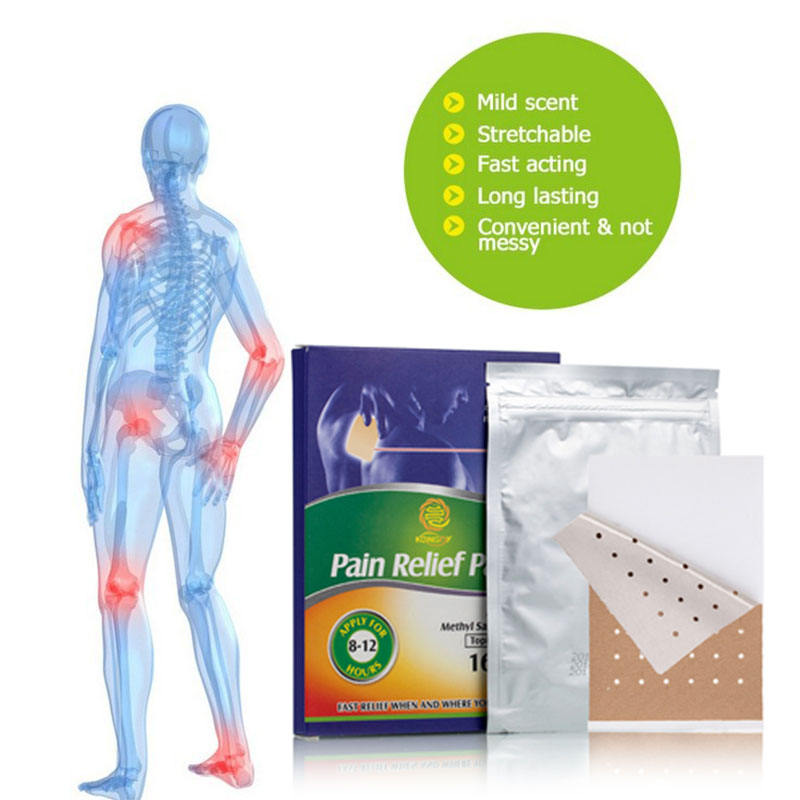Author:Kangdi 29-11-2023
Traditional medication formats like tablets, sprays or ointments dominate consumer pain relief solutions currently. However, advanced Pain Relief Patches promise better convenience and effects commanding increasing acceptance quantifiable through past growth indicators and future projections as explored here.
01. Annual Market Growth at 25%
Pain Relief Patches represented only 4% total analgesics market share in 2016 with modest $5.8 billion valuation globally when pills enjoyed peak popularity. But five years later by 2021, topical patch demand captured almost 11% market share nearing $12 billion, representing roaring 25% year-on-year growth as acceptance accelerated.
This pace continues projected forward at similar 20-30% CAGR across American and Asia-Pacific regions driving overall Pain Relief Patches sales close to $27 billion by 2028 - a stunning fivefold jump in a single decade! Faster relief needs from complex modern lifestyles explain this ascendancy.
02. Increasing Clinical Applications
Initially limited for nicotine replacement or hormones delivery, pain relief became a prime application area for Pain Relief Patchesmore recently. The US FDA approved ever more differential indications from prescription NSAID variants for general injury pain to menthol/capsaicin types targeting arthritis or neuropathy to counterirritants relieving muscle soreness and tension headaches.
Still in developmental pipeline are cutting-edge patches blocking nerve signals using electrical pulses or releasing analgesics activated by muscle movement for sport injury care. As capabilities advance, transdermal patches enter specialized medical areas further magnifying clinical utility. More users also become aware of skin alternatives through widening physician recommendations.
03. Growing User Base Beyond Elderly
Historically, aged individuals above 60 years or patients unable to swallow oral capsules easily, formed the majority user base for Pain Relief Patcheses. But convenience and portability now attract younger adults and athletes towards these discreet band-aids maximizing activity with sustained mobility relief for 12 hours or longer sans interruptions.
Teens and young women also show openness for skin routes avoiding stomach upsets or headaches from oral pills. Generational shifts expand overall addressable consumer segments for pain relief patches spanning daily lifestyle, sports or geriatric needs instead of earlier niche elderly groups alone.
In closing, expanding clinical capabilities plus rising awareness and openness in larger demographics will accelerate global demand for analgesic pain relief delivered through advanced skin patches. Convenience and mobility drives adoption where effectiveness keeps users loyal. Transdermal systems enter mainstream acceptance as the practical pain mitigation format choice through the decade touching close to a quarter share of total analgesic market value soon.
 0086 19937104978
0086 19937104978





